“Garfield:” the worst thing to ever happen to humanity
Garfield’s decadence is a symbol of the decline of media in corporate America
In 2018, a strange thing happened to America’s favorite orange cat. The lasagna-loving feline was turned into a horrific, ravenous monster called “Garfold” in Reddit user /u/mnvz’s artwork. The idea quickly caught on, and since then, the subreddit /r/imsorryjon, a sub-community of Reddit featuring horror-themed artwork of Garfield terrorizing his owner, Jon, has skyrocketed in popularity.
The comic strip “Garfield” was created in 1976 by cartoonist Jim Davis. Since then, it has become the world’s most widely syndicated comic strip, run in more than 2,500 newspapers and journals and with several spin-off TV shows. This success, however, isn’t due to the thought-provoking nature of “Garfield” strips. Davis has admitted that his intent when creating Garfield was to come up with a “good, marketable character,” not a thought-provoking one, and intentionally avoided providing social and political commentary.
Concerns about soulless corporate pandering aside, the lack of social commentary in “Garfield” isn’t a problem in and of itself. Sometimes, taking a break with a bit of mindlessly fun entertainment is what people need to wind down. I would contest “Garfield” isn’t just safe, but meaningless. There isn’t just a lack of controversy in “Garfield”; there’s a lack of… anything. Consider the nearby comic strip as an example.

The most common “Garfield” strips are strips about Mondays being awful and strips about Garfield being a lazy overeater. Occasionally, Garfield pokes fun at Jon for being a loser or at Odie for being a dog; ever so often, a strip about Garfield being a normal cat, like the one displayed, shows up. The jokes are seemingly endless and always similar; the punchlines are consistently bland and unfunny. So why did the strip become so popular?
Jim Davis was on to something. “Garfield” became popular not just because it was uncontroversial, but because it was dull. In a world where people have diverse opinions on what media is good or bad, a safely mediocre comic about a cat who hates Mondays can unify the disparate masses of America with something to laugh about.
If you think I’m being unfair to “Garfield”, consider the comic I’m sure has been compared to it countless times, “Calvin and Hobbes”. Also a serialized newspaper strip, “Calvin and Hobbes” ran from 1985 to 1995, and while it never achieved the level of success “Garfield” did, it’s attracted considerably more academic attention.
“Calvin and Hobbes” isn’t interested in debating about politicians, but it frequently deals with complex issues like philosophy and ethics, and often satirizes academia itself. As opposed to Garfield, Calvin is a dynamic and legitimately funny protagonist who ponders serious issues in his own quirky, childish way. Unlike “Garfield”, Watterson’s strip was initially rejected for not being marketable enough. And, tellingly, author Bill Watterson resisted official merchandising for “Calvin and Hobbes” throughout his career, while “Garfield” was always intended to be merchandised.
The eternal mediocrity of “Garfield” is where /r/imsorryjon gets its unique appeal. The idea of a mediocre joke-of-the-day cat known for his boring and safe sense of humor transforming into a horrifying demon is so incongruous that it attracts art. That mediocrity is what sets “Garfield” apart both as a normal comic and as material to parody.
Obviously, “Calvin and Hobbes” and “Garfield” are different animals entirely, created for different purposes. Davis knew he was creating a character to sell products, while Watterson was interested in telling his own strange story. Neither purpose is inherently bad. But what does the success of “Garfield” say about our culture?
In recent times, media has become increasingly corporatized. The success of huge, easily merchandisable franchises like the Marvel Cinematic Universe, Disney’s Star Wars continuation, “The Fast and the Furious”, and Illumination’s Minions from “Despicable Me” have flooded the mainstream. This trend has been occurring since the 1970s with the release of the original “Star Wars”, around the same time as Davis began illustrating “Garfield”, and it’s picking up steam. “Avengers: Endgame” is the highest grossing movie of all time, and Disney rakes in billions of dollars each year from its multimedia empire.
I’m not trying to bash everything that comes out of these franchises; “Endgame” was great for the most part, and there are certainly gems among those franchises. In general, however, the movies and TV shows that companies like Disney churn out every year are generally mediocre, and yet we see them anyway (see “Thor: The Dark World”). After all, how are you going to understand the big team-up movie in two years if you don’t see Generic Action Movie #8?
In the end, “Garfield” is a sign of a greater problem in our media landscape. Corporations are beginning to take our attendance for granted, and are producing mediocrity as a result because they know they can get away with it. It’s time to throw off our corporate shackles and take a closer look at the media we consume.

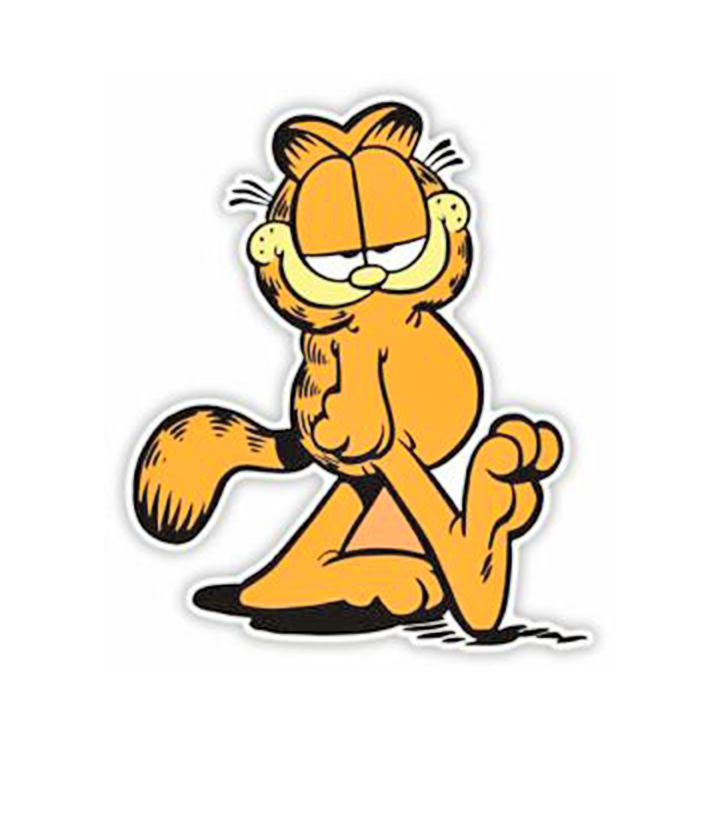
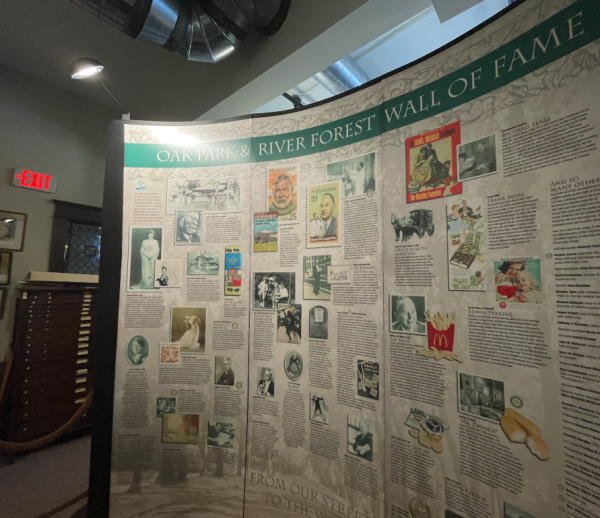
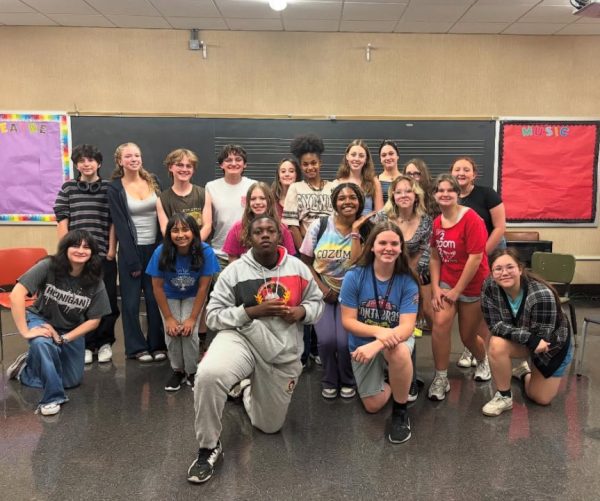
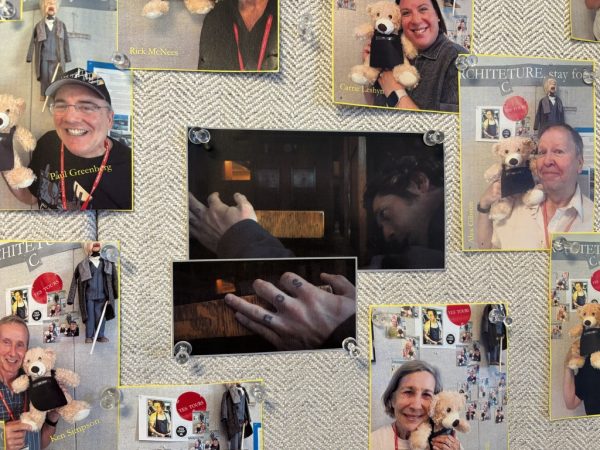



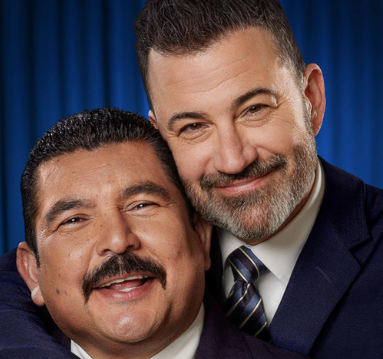



Cody Clouser • May 15, 2024 at 10:24 am
Definitely a good thought experiment but honestly I really like Garfield and his character, while yes all Garfield comics are mostly similar he’s just a funny character with a pretty unique personality. He perfectly represents the stereotypical cat and he’s just overall a goofball.
Kati • Oct 25, 2023 at 5:57 pm
I don’t see the Garfield comic strips as a problem. I find it fun and entertaining. Maybe instead of making a nine-hundred thousand word paragraph, think about what an opinion means. Everybody has a different view on things. Therefore, you shouldn’t say those hateful words about Garfield. Instead, just say you don’t like it so we know that it’s a “YOU” problem. Thank you.
Johann Francis Dominico Partuit • Jan 16, 2024 at 4:43 pm
Um…. hateful words about Garfield? Its a comic strip. This isn’t a moment to insert liberal propaganda. The point of this article wasn’t Garfield itself, but the descent of the values in culture in general.
Also, your argument doesn’t even make sense. “Everybody has a different view on things. Therefore, you shouldn’t say those hateful words about Garfield.”
If you actually agreed with your own statements of being allowed to have opinions, then you would realize that this author is also just stating his opinions. He can say whatever he wants about Garfield.
His point was not that he doesn’t like Garfield, it was a larger view of what Garfield represents and why that is bad for society in general.
That being said, Garfield hasn’t been consistently funny and original since the early 80s.
Gus Winter • Sep 27, 2022 at 10:43 am
amazing so cool!!!!! yeah!!!!!!!!!!!!!!!!!!!
Name (required) • Feb 12, 2023 at 8:33 pm
No.